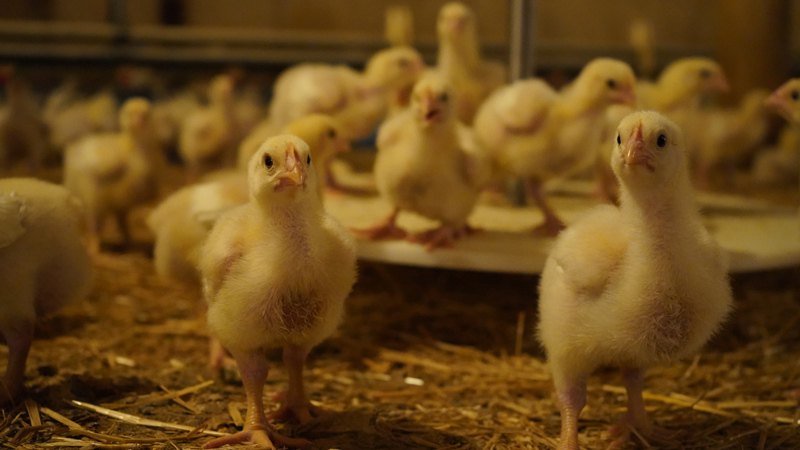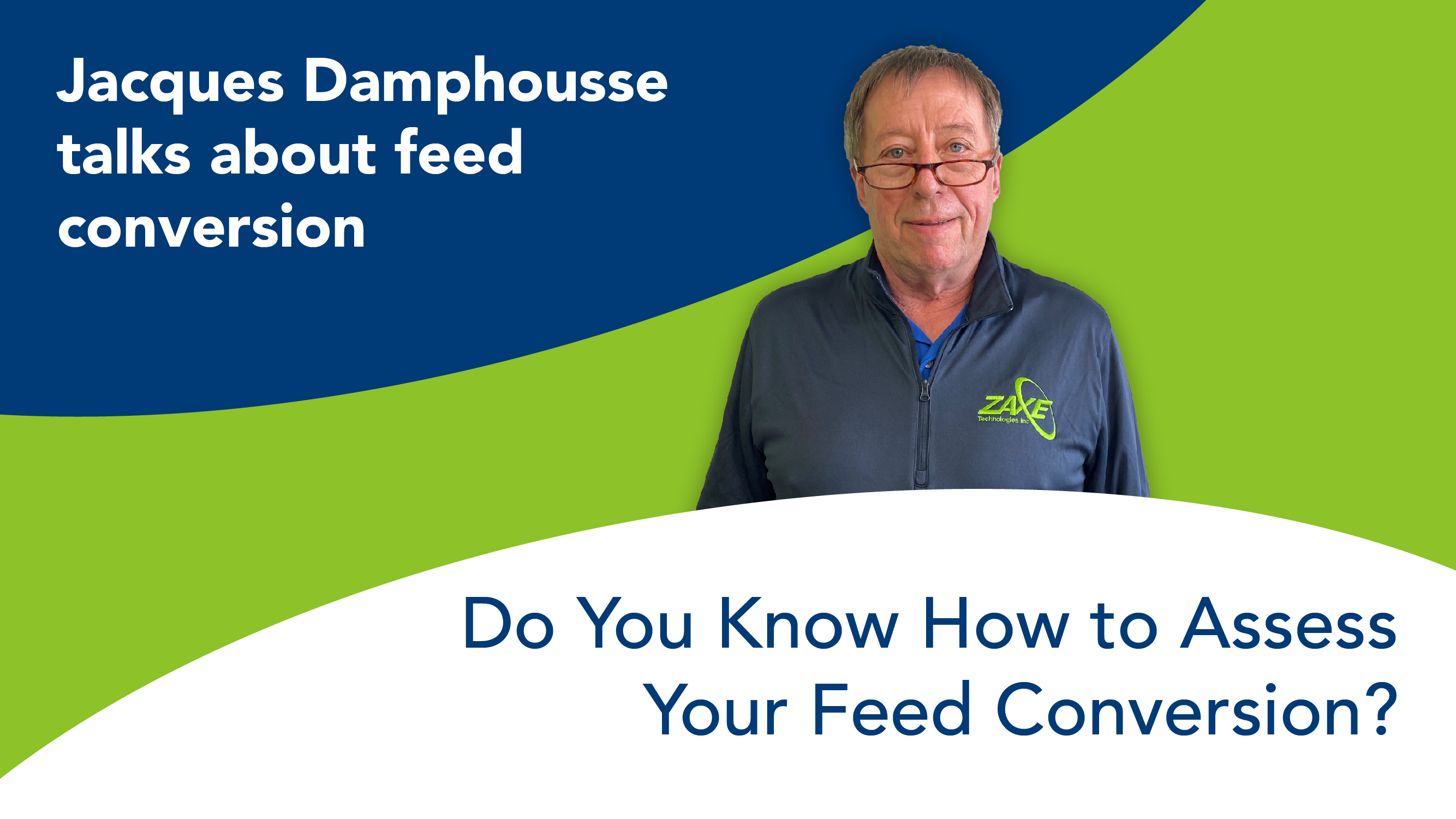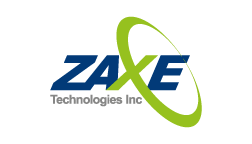To assess your feed conversion, there are 2 methods that will allow you to achieve production results that meet your expectations.
- With your weight chart, by looking at the weight and daily feed consumption of birds according to their age;
- With your feeding program, according to the target weight and feed consumption.
The best tool to assess your feed cost is the feeding program itself provided by your feed supplier. The main goal of this article is therefore to understand how to use your feeding program. First of all, you must ask yourself the following question:
Am I meeting the weight goals of my feeding program?
In fact, one of the problems is that if the individual bird weight is nor reached, most producers do not know how to fix it or what’s the source of the problem. This is where your feeding program will come in handy. Note that the feed conversion rate increases with the age of the birds.

So, if you are not meeting the weight and feed conversion goals of the program, it is important to first check which feeding phase you are in, and then find the phase in which the problem occurred. In fact, on the feeding program, you will find 3 or 4 feeding phases, depending on your feed supplier’s objectives. In each phase, you will find a target weight and a quantity of feed to consume. For example, phase 1 begins on day 0 and ends on day 12, and it indicates an amount of feed to give as well as an individual weight goal per day. This same exercise is repeated for each phase of the program. So, if in a specific phase you no longer meet the feed supplier’s goals, then it is in this period of your birds’ lives that you should look for the problem and that efforts need to be put in place. The weight chart provided by your feed supplier helps you keep track of your birds’ weight on a daily basis.
There are also several factors that can influence feed conversion that you should know and be alert to. Among other things, overall management of your farm is a key factor in achieving optimal results. This includes the ventilation of your buildings, flock start (birds’ first week of life), temperature and heating, shaving quality, water consumption, lack of feed, diseases, and everything related to your farm’s environment (humidity, ammonia, etc.).
Checking all these elements allows you to make a judicious analysis of your production to obtain optimal results. There are several tools to do this. We will tell you more about this in our next and final article. Mark your calendar!

Jacques Damphousse is a well-known poultr Agricultural technologist from Quebec, Canada, with many years of experience in the field. Among other things, he worked as a production manager in a broiler farm for 25 years, the 8 years as general manager of a poultry mill. With all this experience under his belt, Jacques has been able to develop his knowledge as well as methods to optimize production results, including with feed conversion which he teaches his clientele of producers.
